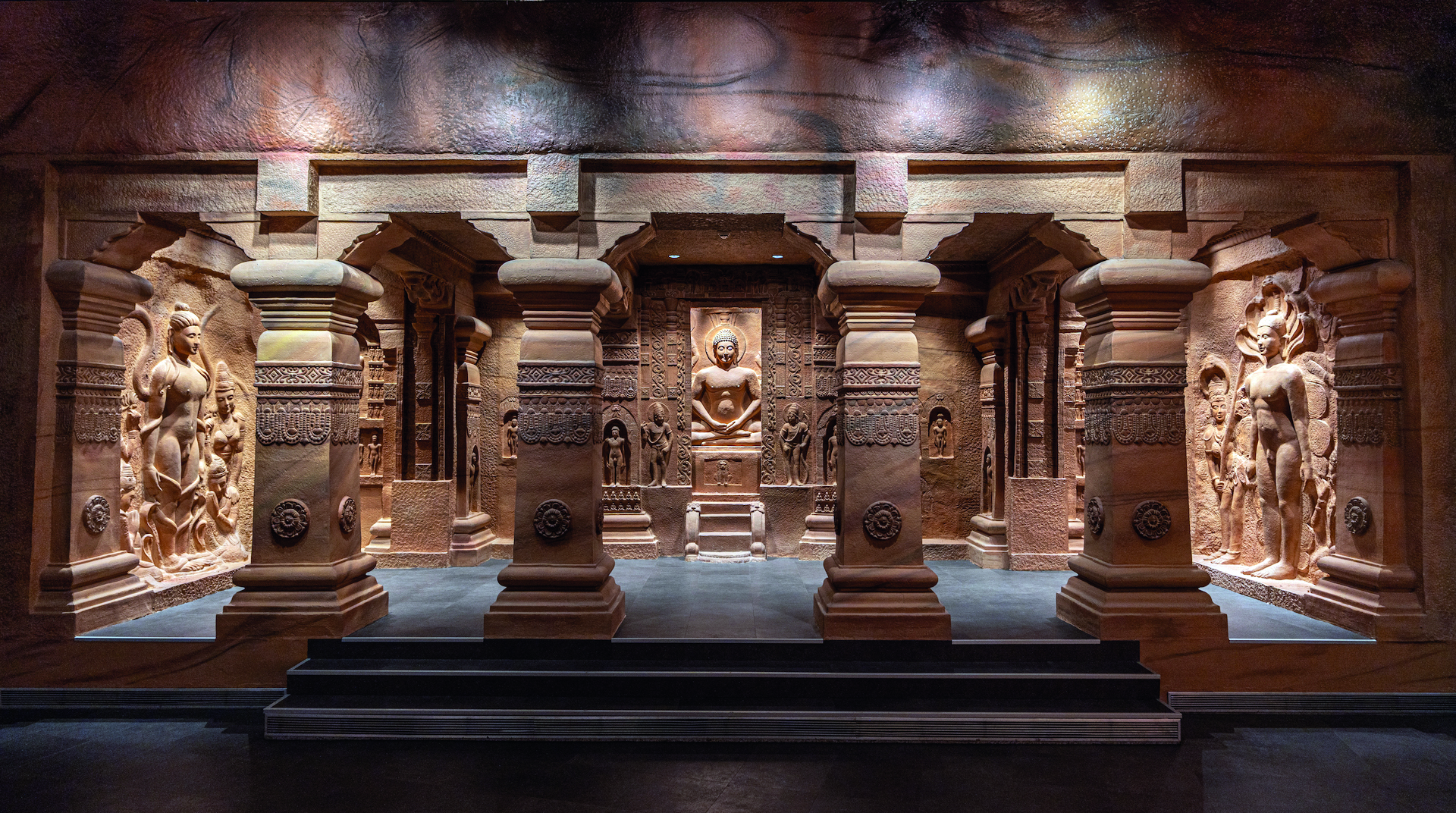Pune: The Beating Heart of History
Pune, rightly dubbed as Maharashtra’s cultural capital, seamlessly blends history, education, spirituality, and modernity, with sites ranging from ancient Pale Caves and revolutionary museums to vibrant festivals, culinary delights, and a thriving cosmopolitan landscape rooted in rich heritage

The whole of India was once ruled from Pune. Shivaji Maharaj was born here. Badminton is said to have been invented here. It is a hub of institutes, national archives, and centres of education, training, and development. It has produced many luminaries across diverse fields, attracting seekers of spiritual and intellectual growth from around the globe. Today, Pune, the city of Peshwas, is an unrecognisable cosmopolitan expanse, growing rapidly while retaining its cultural essence. Its narrow streets and legendary traffic are offset by beautifully painted murals along walls and underpasses. Lush green leafy spaces add to its cosy, small-town charm, while art deco and heritage buildings scattered throughout whisper tales of the city’s elegant past and legacy to visitors. The city manages to be both old-school cool and cutting-edge chic. Nicknamed the ‘Queen of Deccan,’ Pune has long been Maharashtra’s cultural capital. Its vibrant ‘Puneri’ culture thrives on literature, arts, culture and performance, drawing in enthusiasts year-round. Yet, Pune is so unassuming that it practically apologises for being historically significant and dodges the spotlight. A perfect example is the Bhandarkar Oriental Research Institute, quietly housing some of the rarest ancient manuscripts, including India’s first dictionary, underscoring Pune’s role in lexicography. Similarly, Deccan College boasts unique archaeological finds and old maps, offering glimpses into history. And, of course, who hasn’t heard of the Osho International and the BKS Iyengar Yoga Institute? They’re legendary.
Yet, beyond these well-known landmarks, a short drive from Pune takes you to the Pale Caves, a 2,200-year-old cluster with evidence of early Jain faith inscriptions written in Brahmi script. Palaeography dates the inscription to the 1st century BCE, Maharashtra’s oldest Jain text archaeological discovery still excites historians and trekkers alike, combining history with adventure. Pune manages to balance its historical depth with a forward-looking approach. While the Pale Caves offer a glimpse into the ancient past, the city also embraces the future with innovative cultural spaces. Not far from these caves lies Pune’s latest cultural jewel, the newly launched Abhaya Prabhavana Museum, one of the largest interactive museums anywhere in the world, is set to redefine storytelling and cultural exploration. Located along the banks of the Indrayani River, this sprawling 50-acre marvel narrates ancient Indian values and blends it with cutting-edge technology, audio-visuals, and virtual reality, offering a sensory experience for all ages. Dedicated to showcasing timeless Indic wisdom, the museum uniquely integrates Hindu teachings, and distillation of Jain philosophy, and contextualises it to contemporary 21st-century audiences. It aims to make complex spiritual and philosophical concepts accessible to children and adults alike in a structured way. Designed to focus on societal, familial, and personal well-being, the museum leaves visitors enriched without overwhelming them. Four hours feel insufficient to explore its vast offerings and depth, and the experience leaves a lasting impact.
As you enter the ring-shaped museum, life-sized Pichwai paintings line both sides of the entrance hall, and the majestic Manastambh in the courtyard acts as its centrepiece, adorned with murals, offering panoramic views of the tranquil surroundings. The galleries lead visitors through India’s cultural evolution and philosophical journey, with exhibits like the “Path to Happiness” distilling ancient teachings into simple, relatable lessons. Interactive touchscreens and acoustics make the experience immersive, guiding visitors through India’s rich values and heritage. Highlights include the “Plaza of Equanimity,” a modern take on ancient temple design, and the Chaturmukh Temple, a 17-metre-high structure surrounded by a serene bonsai garden. Each exhibit harmoniously blends tradition with modern interpretations. For those craving nature, the museum offers a heritage walk and nature trail along the Indrayani River. Landscaped gardens spanning 20 acres provide a tranquil escape, complementing the museum’s focus on inner peace and contemplation. The museum features 350 artworks spread across 30 high-tech galleries. The museum’s ability to merge education with entertainment sets it apart, making it an ideal destination for families, students, and tourists alike. Whether it’s children marvelling at 3D projections or adults reflecting on philosophical teachings, the experience resonates across generations. Pune’s latest cultural landmark further cements its place on the tourism map. Beyond the museum, Pune’s food culture also deserves a mention. The city offers a delightful culinary journey from traditional Maharashtrian delicacies like misal pav and bhakarwadi to experimental and innovative global cuisines served in chic cafés. Foodies can explore bustling markets, savour street food, or relax at rooftop restaurants offering panoramic views of the city’s skyline. Beyond the flavours of its food scene, Pune offers a feast for all the senses with its vibrant festivals. Events like Ganesh Chaturthi transform the city into a spectacle of lights, colours, and music. The Sawai Gandharva Bhimsen Festival, celebrating Indian classical music, draws performers and audiences from across the world, adding to Pune’s cultural grandeur. With its blend of history, art, and modernity, Pune continues to inspire and transform. Whether you’re exploring ancient caves, marvelling at art and architecture, or reflecting on timeless wisdom, Pune offers more than sightseeing — it’s an experience of discovery and connection with India’s cultural soul.
The writer is a freelance travel journalist.



